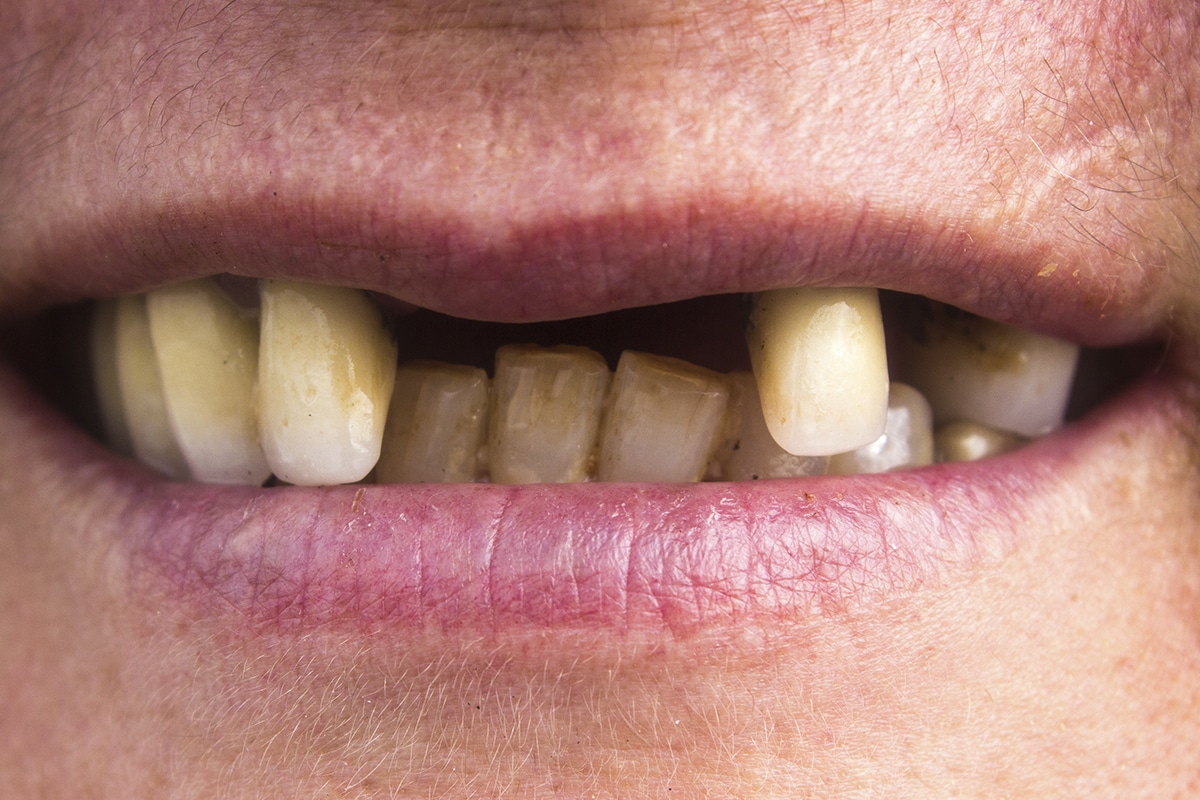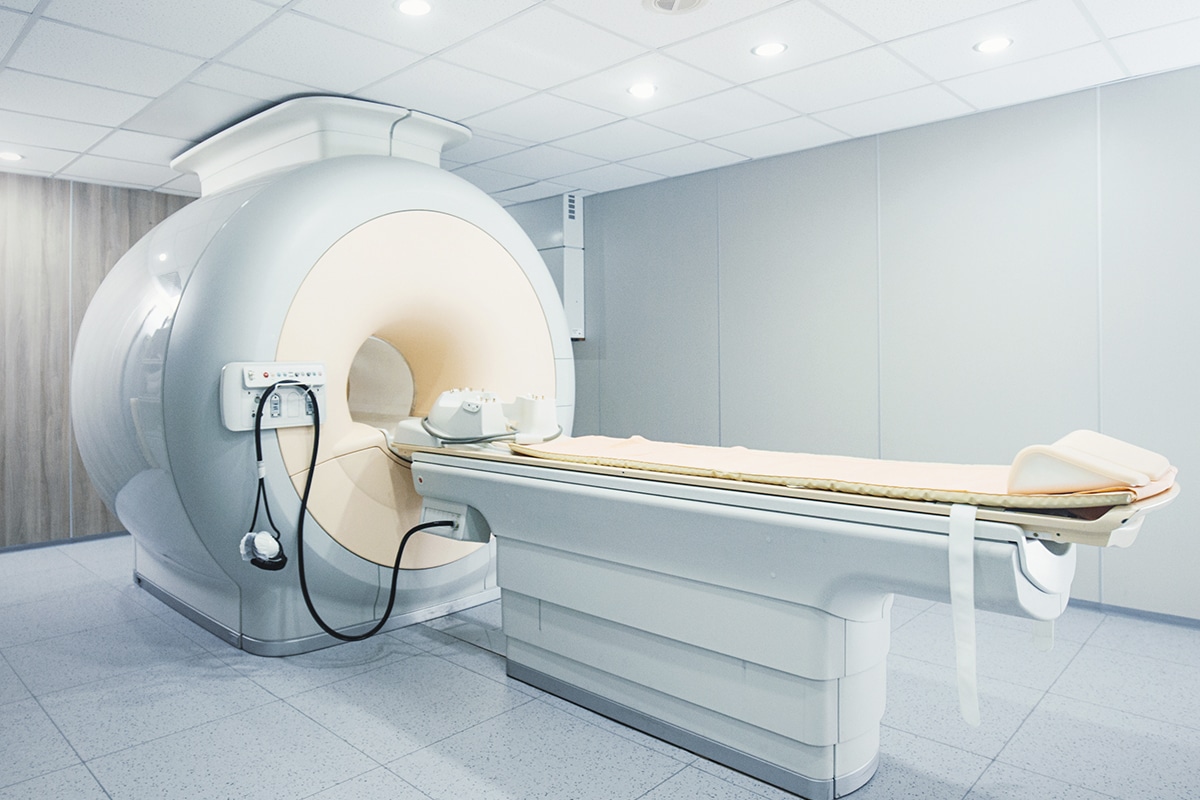Early Detection of Gingival Cancer
While rare, gingival cancer can be deadly, and patients’ first line of defense is in the hands of their oral health professional. Frequently mistaken for periodontal disease or local tissue trauma, gingival cancer is thought to arise from a preexisting leukoplakia or erythroplakia found on the gingiva. Are you prepared to catch the signs and symptoms of gingival cancer?









